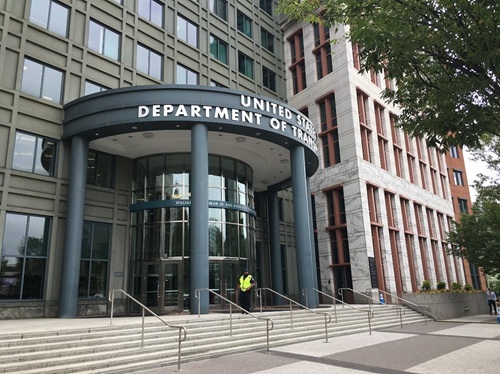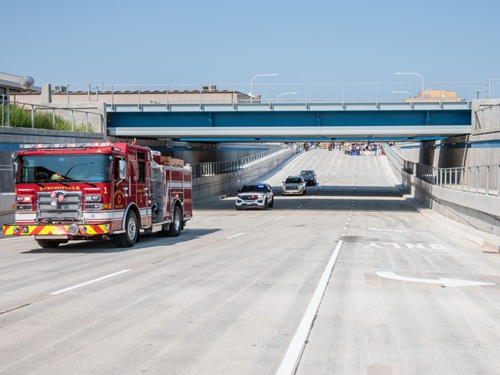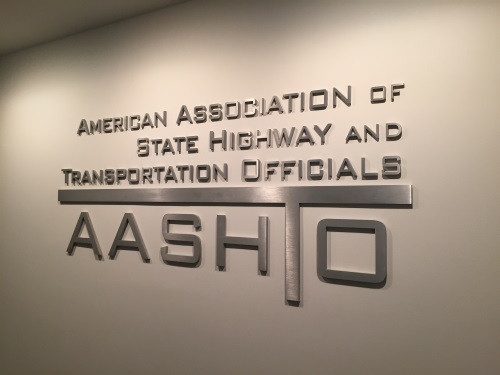The American Association of State Highway and Transportation Officials recently provided feedback to the National Highway Traffic Safety Administration regarding its notice of proposed rulemaking issued on September 15, entitled “Uniform Procedures for State Highway Safety Grant Program.”
[Above photo by AASHTO]
NHTSA proposed in its NPRM to revise performance management measurements where state highway safety grant programs are concerned. That change stems in part from enactment of the $1.2 trillion Infrastructure Investment and Jobs Act or IIJA in November 2021. NHTSA’s rulemaking proposal also reorganizes, streamlines and updates some grant requirements.

AASHTO argued in a letter sent to NHTSA on October 31 that traffic safety performance management – which includes target setting policies, reporting, and consequences of not meeting targets—as defined by IIJA does not allow states to effectively manage performance and demonstrate their commitment to safety.
That is because individual safety programs assessments rely on “shared targets” that account for safety aspects outside of their program focus areas. “No individual stakeholder organization has full control over preventing and reducing traffic crashes,” AASHTO noted in its four-page letter. “Therefore the impacts of performance should reflect the respective roles and responsibilities of individual stakeholders.”
Regardless of whether cuts to Highway Safety Improvement Program or HSIP funds occur due to a state department of transportation not meeting federal safety targets, state DOTs incur significant administrative costs for planning, analysis, and implementation of safety plans required in this situation, the organization said.

“In addition, it may take years for the state DOT to plan, design and construct projects before crash reduction can occur,” AASHTO added – meaning state DOTs may incur penalties for a number of years even though positive actions are occurring.
Another issue revolves around establishing data-driven performance targets – especially in case said targets need adjustment down the road due to unexpected factors.
“NHTSA simply says that a ‘state should consider different countermeasure strategies or adjust funding levels,’ which is not at all that simple to do in reality, and often the required changes take a number of years to implement,” AASHTO stressed.
Consequently, AASHTO is backing a recommendation by the Governors Highway Safety Association that – in situations where the data-driven analysis does not show the ability to achieve constant or improved performance – NHTSA should allow such states to adjust that target.
A further concern revolves around the need to “harmonize” traffic safety measurements between NHTSA and the safety performance measures overseen by the Federal Highway Administration.
“In fact, relevant statutes have changed significantly with respect to target setting with the undeniable fact that the NHTSA targets must now show constant or improved performance,” AASHTO said. “This new language in the law does create a conflict that needs to be appropriately addressed.”
 Top Stories
Top Stories
AASHTO Provides USDOT Input on Funding Reauthorization
August 29, 2025 Top Stories
Top Stories

